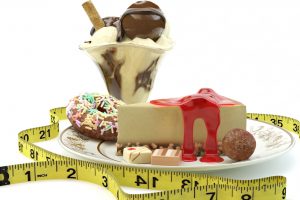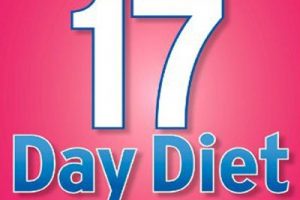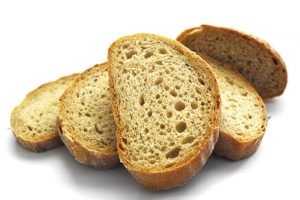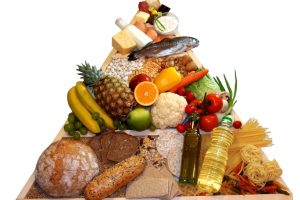Full knowledge about calories and how they relate to weight loss is essential. Some of us just go on dieting without thinking of how many pounds we have to lose or how to do it. Some diet plans even lay out numbers for you without considering what your recommended daily calorie intake is. Here are some guidelines on how to count your calories and optimally use it for weight loss.
Calories per se
A calorie is the commonly used unit of measurement to calculate how much energy a food contains. Our body utilizes calories to perform daily activities like work, studies, and other functions. In regards to weight, each individual needs a certain amount of calories to maintain it. Burning more calories or eating fewer calories will determine weight loss or weight gain.
Try this simple analogy of fuel for cars. The fuel sustains the car and supplies its energy. You have full authority on how much fuel you give to the car. If you give just enough fuel for the day, then you won’t have much fuel for tomorrow because there is nothing stored. On the other hand, if you give less, then the car won’t keep up with its mileage for the day. This is the only portion our human bodies differ from cars, we can actually decrease the amount of calories and by its mechanism the body gets other source of energy. Of course storing calories would mean weight gain and more storage of fats, thus producing belly fats. To consider weight loss, it is ideal to have a calorie deficit.
Knowing how much calories you need
There are actually ways on how to determine the number of calories you need for a day to either maintain or decrease your weight. The Harris-Benedict formula is a mathematical formula that helps you identify your Basal Metabolic Rate from the following factors: sex, weight and activity level. There are other sources on how to calculate your ideal weight and they work by taking your current activity level and weight and give you suggestions on how much calories you need to take.
Once the number of calories to maintain your current weight is determined, you will find it easier to make some reductions. You may have a cut from 250 calories to 500 calories daily, as long as you don’t go below 1,200 total calories intake for the day. Going beyond the amount means more health risk.
Knowing how much calories a food item have
This is one purpose of the nutritional facts on your food items. It is important to read food labels and use it to modify how much you eat. Look for the Amount per serving in the label and take note of the calories. This is readily found in your packed foods and drinks. For most restaurants, they place their calories per serving on a brochure or in their website. Calorie levels for other standalone foods maybe taken from the internet as well; these include fruits, vegetables, or whole grains.
Knowing the portion sizes and calorie counts
This is important in order for you to eat the exact amount of calories you take for each food. You will have to know how to get “one serving” for the different food items. Some foods will require measuring cups to identify the serving size, take for example pastas and cereals, and fluids as well. Some are measured in tablespoons like jams, syrup, and honey. Margarines and other commercial products have a type of measuring rulers included in the package to help you get the portion size. Others are measured in number of pieces like candies, and number of slices for breads. Other foods are served in single serving size package. This means the whole package is worth the serving size. Tracking these down would help you get accurate amount of calories, in turn helps you take full control especially when preparing meals.
Lastly, have a journal
Taking note of all the common foods you eat and their corresponding calories on your computer or on a physical notebook would keep you on track. Once you have these recorded, it would be easier to plan and to calculate how much you have eaten or will eat for the day. You can also take note of areas for improvement or list down foods that you would omit to maintain calorie deficit, and thus lose weight.
Make sure to have healthy food choices and go for foods that have less calorie levels but still packed with nutrients. These include fresh fruits, vegetables, whole grains, dairy products, and lean meat. A well balanced diet along with proper calories monitoring may be your best ticket to weight loss.





